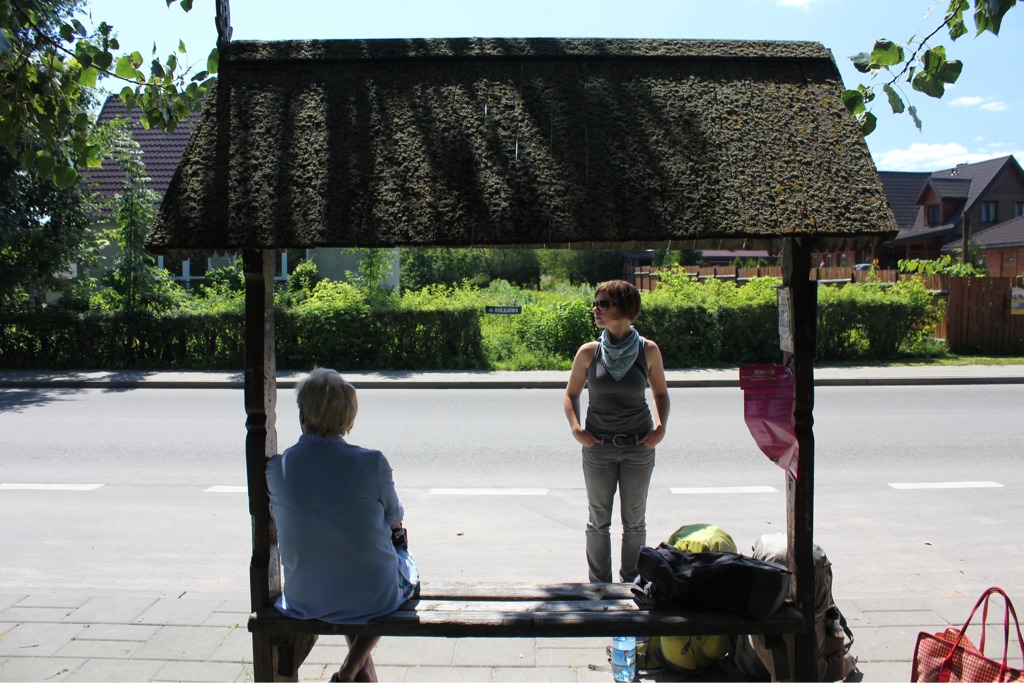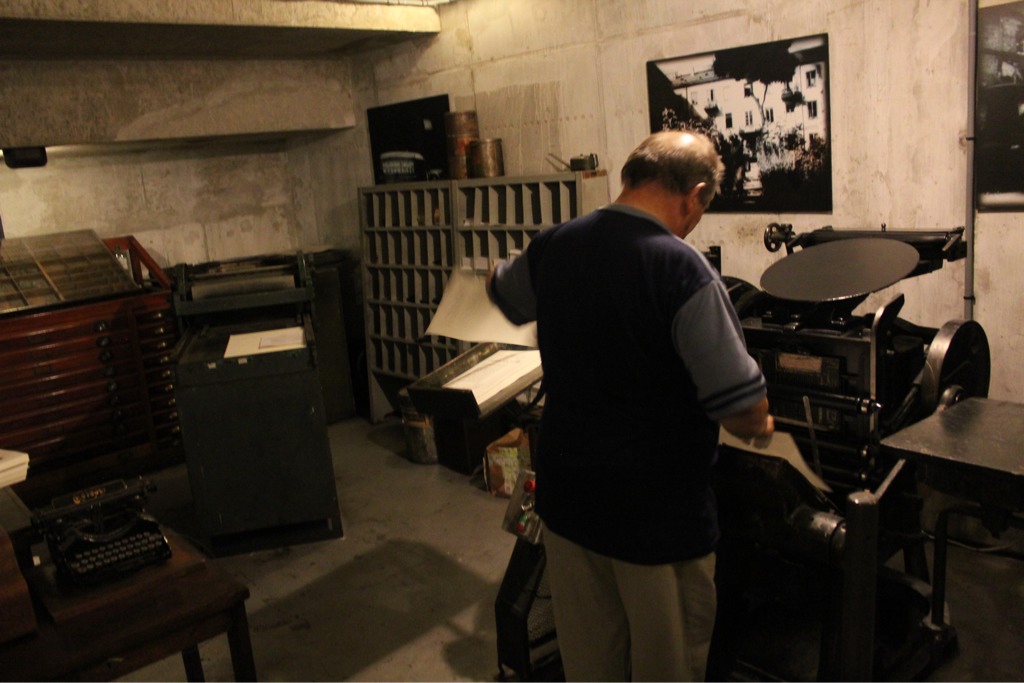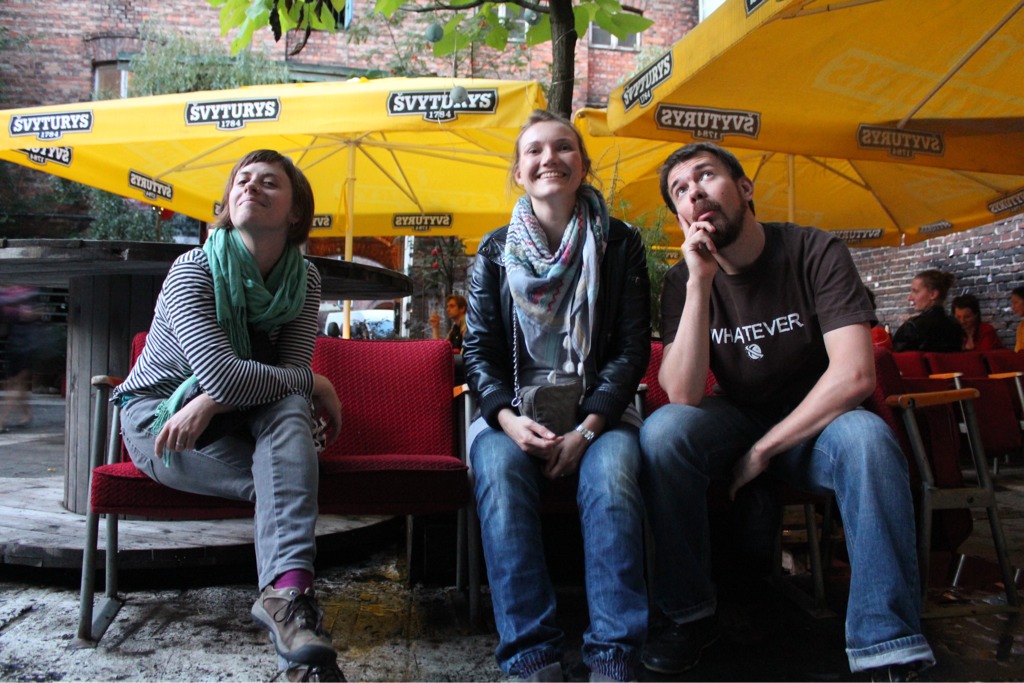 It is inevitable to get swept up in the ease, curiosity, familiarity of arriving in a city and instantly compiling a list of the local attractions, historical markers, museums, and such. It seems to give a filmy bubble of a border to this vast new landscape that you've stepped into. It is one way of reorienting - sometimes extremely good, stabilizing, comforting. Sometimes leaving you feeling like a real Tourist (neon capital T), trapped in the stream of other visitors, destined to be moving to and from one ticketed place to another should you allow yourself to simply float there for a moment.
It is inevitable to get swept up in the ease, curiosity, familiarity of arriving in a city and instantly compiling a list of the local attractions, historical markers, museums, and such. It seems to give a filmy bubble of a border to this vast new landscape that you've stepped into. It is one way of reorienting - sometimes extremely good, stabilizing, comforting. Sometimes leaving you feeling like a real Tourist (neon capital T), trapped in the stream of other visitors, destined to be moving to and from one ticketed place to another should you allow yourself to simply float there for a moment.
Finding a (preferably free) map and cobbling together a sense of space with (and sometimes in direct opposition to) these landmarks and the patchwork of suggestions, stories, guidebook clips, view from the train, intuition, bits of history or art or whatever might be buried in your brain and making it's way to the surface....and devising a general wandering route, that may or may not be adhered to, is our general m.o. lately. This has been a good way to settle a little bit and zoom in or out depending on the day and the mood. It also helps us to practice letting go of the notion that we might be missing something - so many of our adventures come far less with visiting or observing, and more from our exchanges/interactions with the landscape and the people that live there.
As such, we greeted Warszawa with this in the front of our minds and were rewarded greatly. Of course, the first thing we did, truly, upon arriving, was cross the street improperly and get scolded by a police officer. Well behaved pedestrians are a given in Poland and we spent the rest of our time earning our gold stars by waiting patiently for each signal at a clearly marked crosswalk. We had been properly trained by that stern (and exhausted-with-morons) glare and a bit of kindness, considering we could have been fined 100 złoty or so. Phew.
A heap of more general impressions and memories I am left with are: the small market stands on corners, sunflower seeds being sold still in the flower, a rather serious social etiquette in the general population, the better bars/cafes tucked into back alleys, a strong sense of resilience and pride, memorable street art, ice cream (lody) sold everywhere, old vs. new, confusing (!) train tickets, delicious shared meals and so many good conversations with incredibly friendly people.



The University Library is home to what is essentially a rooftop park, complete with a rain water filtration/drainage system and almost full circle view of the city and nearby Wisła River. The interior of the library is restricted to students and members only but, from what we could tell from peering inside, the roof was cooler to investigate. Metal walkways arch over just barely manicured grounds (which likely take a wee army to maintain), flowers that resemble Thing 1 and Thing 2 dance in the breeze, and you wonder if people on the second floor inside get a lot of up-skirt views of those passing overhead, what with all of the glass:








What makes more of an impact is the response and transformation - the Old Town has been rebuilt according to original plans and with meticulous detail, artists share a neighborhood with born and bred Praga families, a critical mass honoring the 65th Uprising Anniversary draws 2000+ participants, and life moves onward. This is something to take with us while we do the same.

Location:Olomouc, Czech Republic
